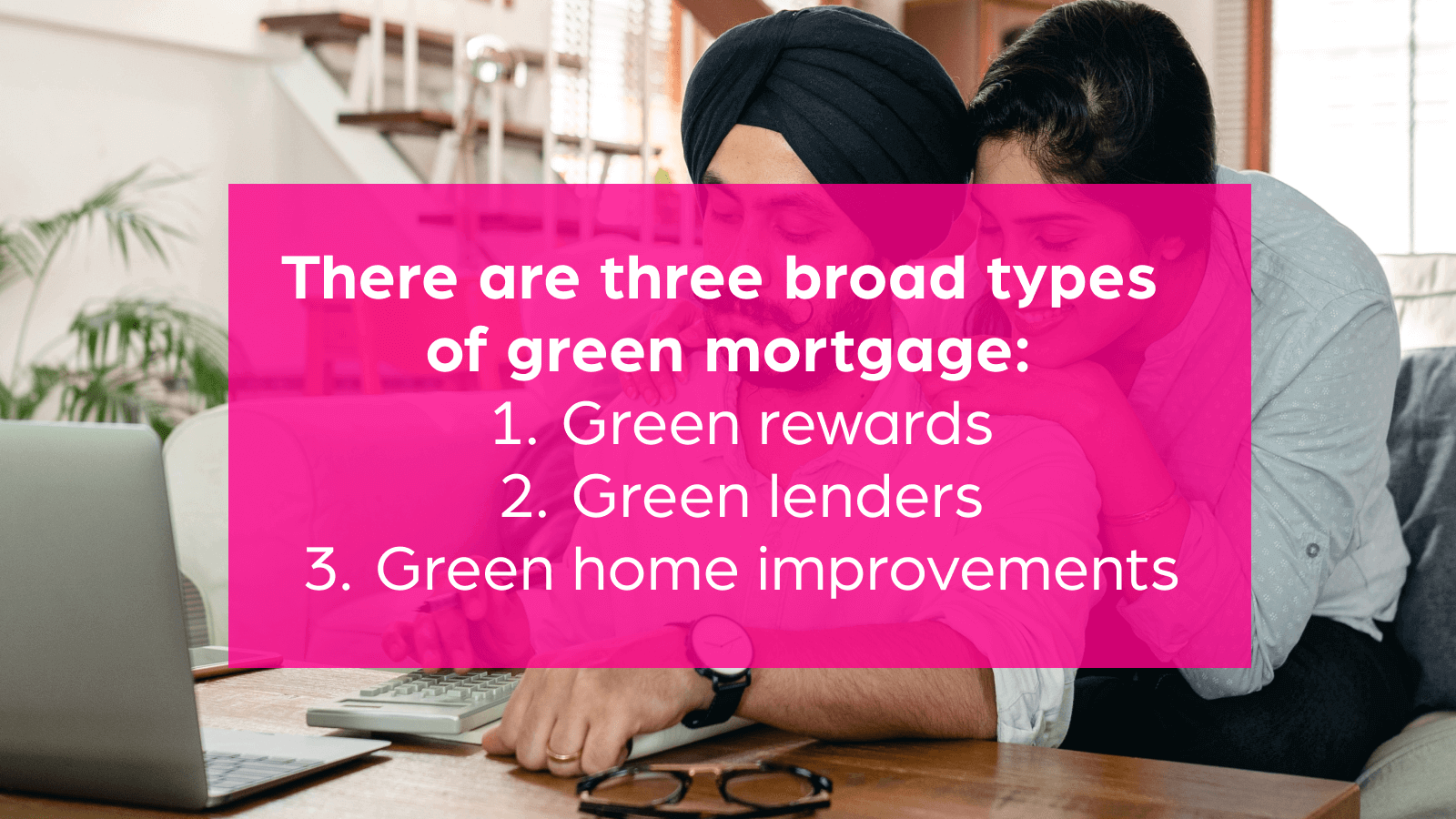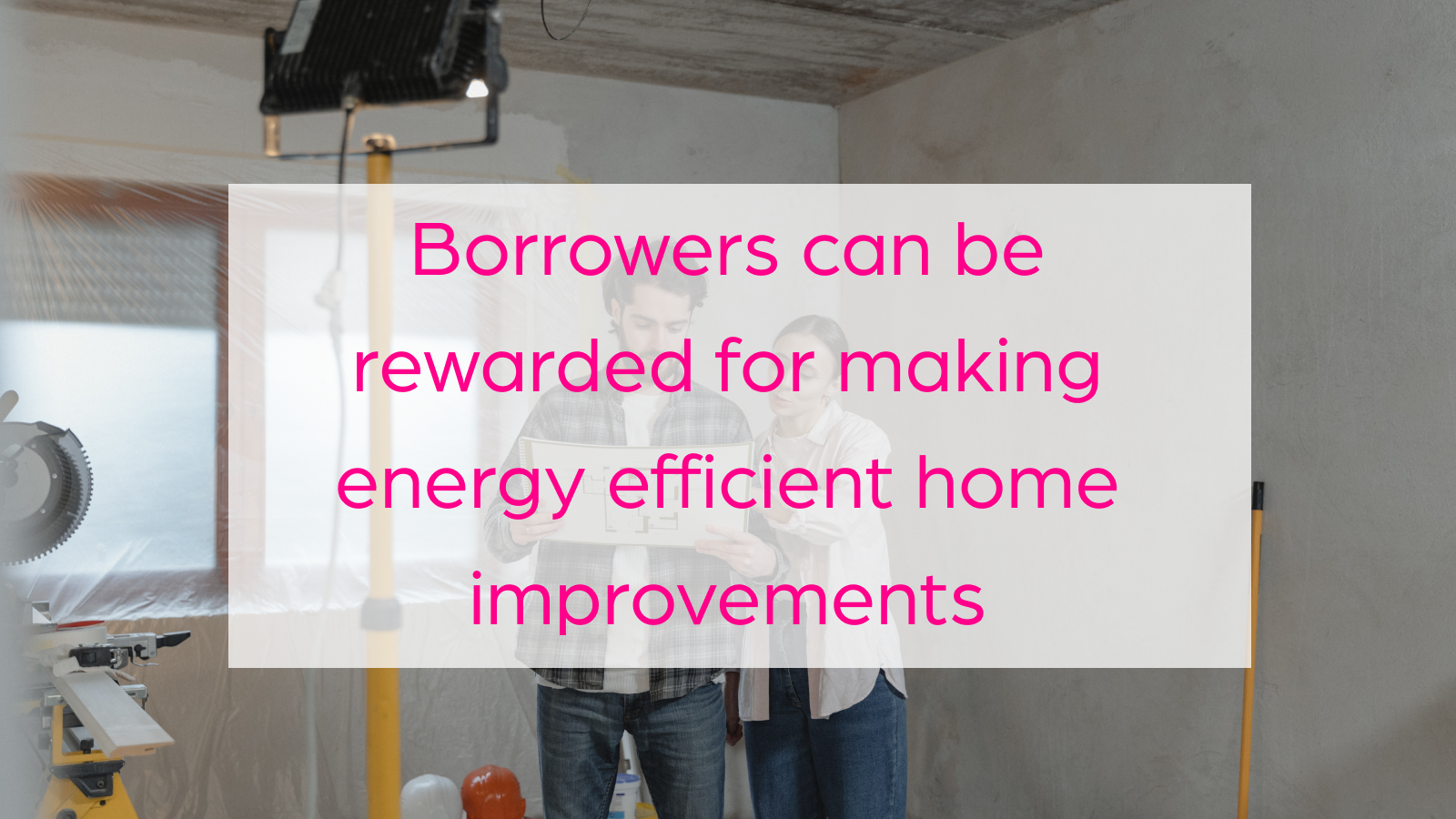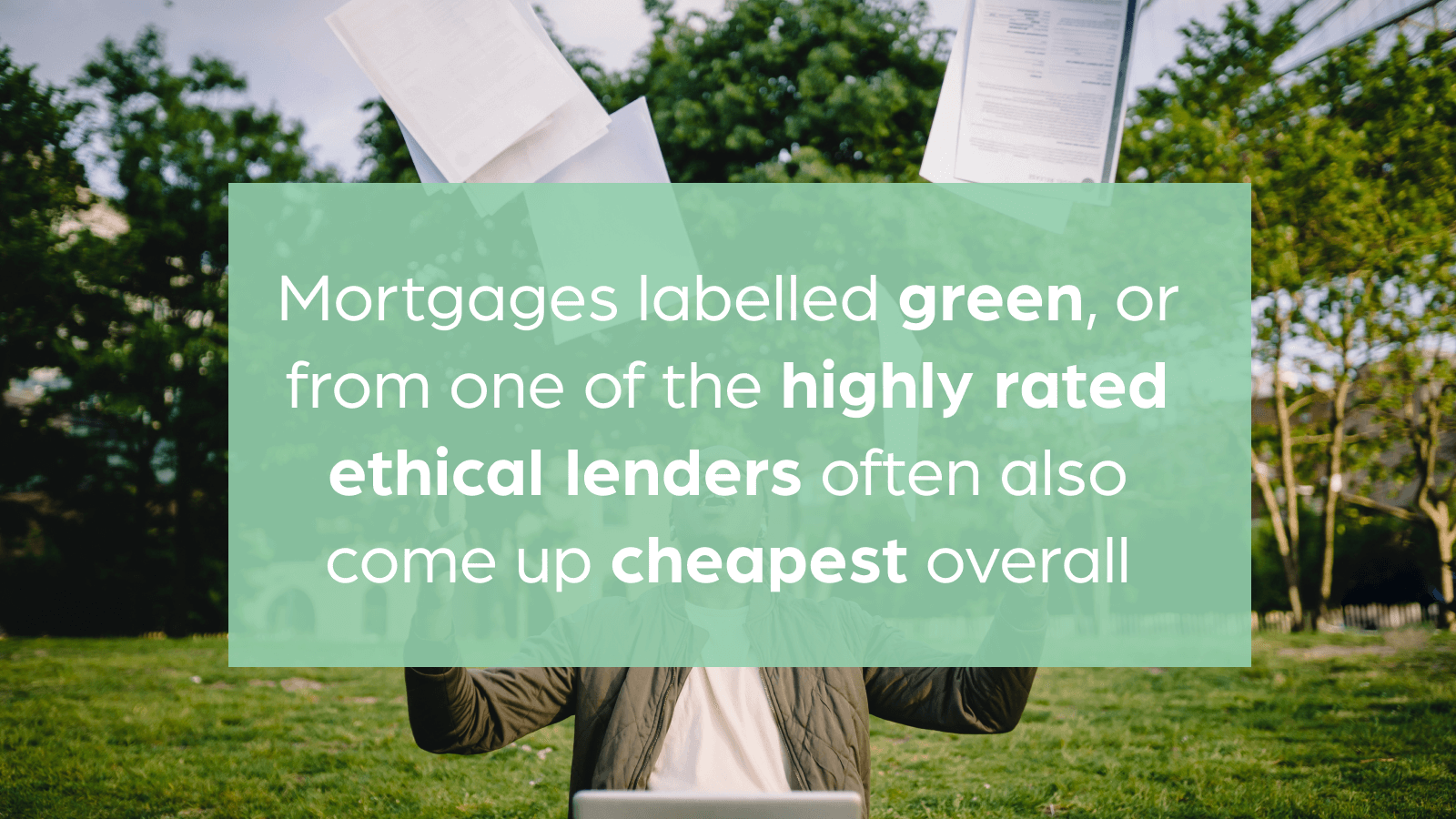More encouragingly, one of either Nationwide, Coventry, Skipton, Accord, Leeds or Platform (all of whom score very highly with Ethical Consumer) is almost always in the top five cheapest available.
There are a couple of specific circumstances where you may be at a disadvantage for taking a green mortgage. The most common ones we come across are, if you are paid in Euros, or are not a UK or EU citizen, then you are usually left with a choice between a high street bank or a small building society.
Typically, the smaller building society may be classed as a green lender, but due to their size and flexibility, many of them have a slower application process and less competitive rates.
Finally, it is worth considering home improvement type mortgages and how practical it is to take on additional lending at a time when you might already be fully stretched financially. As a response, we are seeing more mortgages offered where the incentives are available at any point during the mortgage. This is great as it means lenders are helping borrowers decarbonise their home at the right time – rather than only being available at the point of taking out a mortgage.
Who is offering green mortgages?
Mortgages that could be classed as ‘green’ are offered by almost all of the standard mortgage providers in the UK housing market and many of the smaller ones too.
Below we look at the ‘top 10’ lenders by market share broken down across the type of green mortgage they offer.
Green reward mortgages – are offered by Natwest, HSBC, Santander, Virgin & Lloyds banking group (inc. Halifax, Scottish Widows & BM Solutions). This group accounts for nearly 70% of mortgages in the UK.
Green lenders – Coventry and Yorkshire (inc. Accord) Building Societies are rated a ‘best buy’ by Ethical consumers, recognising the many steps they take to minimise their environmental impact (and take other positive ethical stances). Nationwide, as a building society, also score reasonably well. TSB are aiming to be net zero by 2030, but currently are rated mid-table by Ethical Consumer.
Green home improvements – Nationwide & Santander offer green further advances at very competitive rates, making it easier for existing customers to finance green home improvements.
It is interesting to reflect on the ethical ratings of those lenders offering Green Reward mortgages. Bar Virgin, they all score very lowly, reflecting their investment in industries and practices that have contributed to the climate emergency.
However, a search for ‘Green Mortgages’ will bring them up as options – it is therefore easy to see why these options have been labelled as greenwashing.
How WR Ethical can help you to get a green mortgage
Here at WR Ethical we have a simple aim – to help you buy, and keep, a home you love in the most ethical way possible.
We run our business as sustainably as we can whilst helping you make informed choices through honest independent financial advice.
Given our gripe with the superficially green nature of many UK mortgages, we work doubly hard to avoid the charges of hypocrisy or greenwashing. As headlines, we:
- Ensure every customer has the chance to make an informed choice about where their money goes
- Share our approach, to inspire others, the goal is changing an industry, not growing an empire
- Set ourselves up in a way where we can give equal time and care to everyone – irrespective of how much money they are likely to make us
- Run our company in the ‘right’ way – from our recruitment approach to HR policies. To our approach to paying taxes and the suppliers we work with (office space being no.1, then IT equipment) – the works
- Give as much as we can to charity, and encourage others to do the same
We trust that you have found this guide interesting and that it has encouraged you to think about how green your mortgage may be.
In conclusion, the fact that most lenders are now offering a form of green mortgage is really encouraging, however, this remains a little superficial for most of the big lenders.
The good news is that the increasingly positive green sentiment evidenced amongst the UK population is capable of driving real change. This push for change is what is needed for mortgage lenders to take responsibility for how green their business truly is.
For individual borrowers, there’s now enough choice that means your next mortgage may help you save money whilst being good for the planet too.
If you’d like some help to find out more about getting a truly green mortgage then please get in touch.






